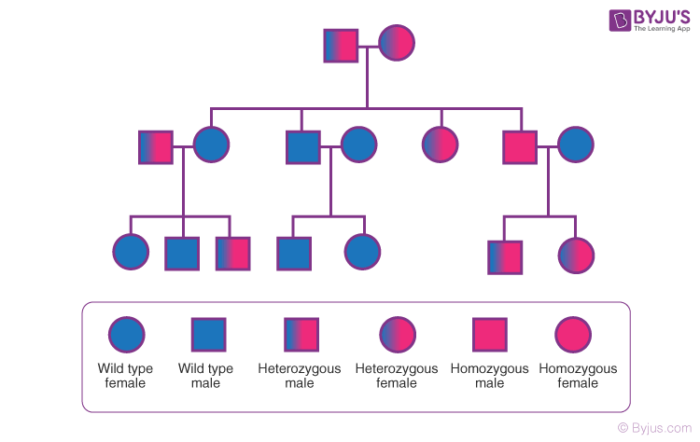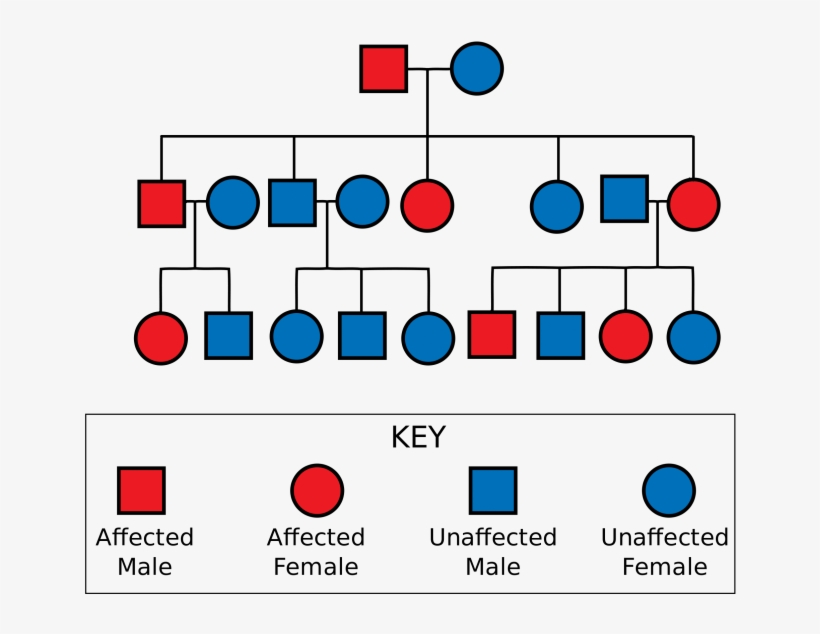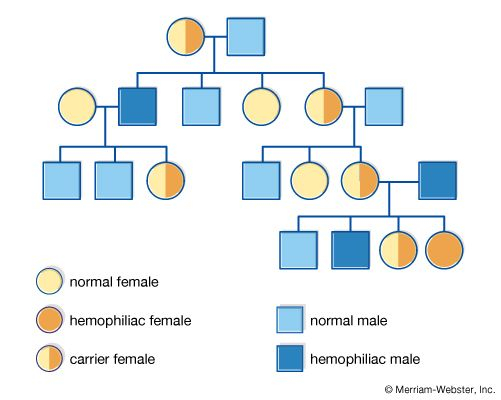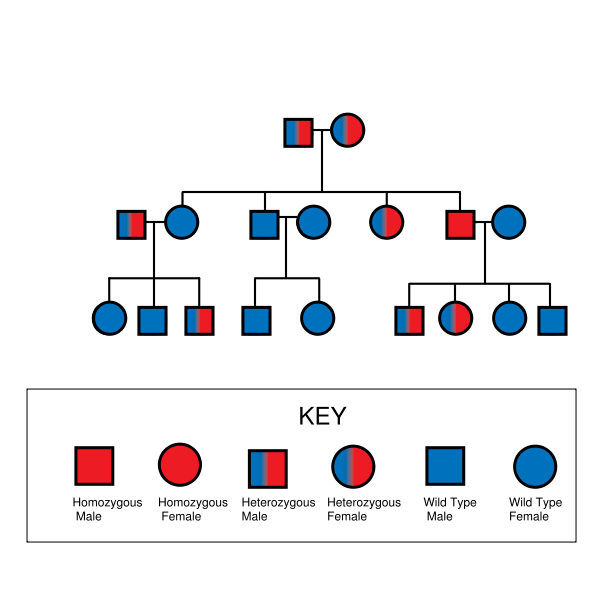When it comes to understanding genetic diseases within a family, pedigree charts play a crucial role. These charts are visual representations of a family’s genetic history, showing how traits and diseases are passed down from generation to generation. By analyzing a pedigree chart, healthcare professionals can identify patterns of inheritance and pinpoint potential genetic diseases that may be present within a family.
One key benefit of using pedigree charts is the ability to track the prevalence of genetic diseases within a family tree. By noting which family members have been affected by a specific disease, healthcare professionals can determine the likelihood of other family members being carriers or at risk of developing the disease. This information is invaluable for genetic counseling, as it allows individuals to make informed decisions about their health and potential risks.
Pedigree Chart Genetic Diseases
Common Genetic Diseases Identified Through Pedigree Charts
There are several common genetic diseases that can be identified through the use of pedigree charts. Some examples include cystic fibrosis, sickle cell anemia, Huntington’s disease, and Duchenne muscular dystrophy. By examining the patterns of inheritance within a family tree, healthcare professionals can determine the likelihood of these diseases being passed down to future generations.
In addition to identifying specific genetic diseases, pedigree charts can also help healthcare professionals understand the risk factors associated with certain diseases. For example, if multiple family members have been diagnosed with a certain type of cancer, it may indicate a genetic predisposition to the disease. This information can be used to recommend preventive measures or screenings for at-risk individuals within the family.
How to Create and Interpret Pedigree Charts for Genetic Diseases
To create a pedigree chart for genetic diseases, start by gathering information about your family’s medical history. Include details such as the presence of any genetic diseases, age of onset, and relationship to other affected family members. Next, use standard symbols and conventions to represent each family member on the chart, indicating their gender, health status, and any known genetic conditions.
When interpreting a pedigree chart, look for patterns of inheritance such as autosomal dominant, autosomal recessive, X-linked, or mitochondrial. These patterns can provide valuable insights into the likelihood of certain genetic diseases being passed down within a family. It’s important to consult with a healthcare professional or genetic counselor when analyzing pedigree charts, as they can provide expert guidance and recommendations based on the information presented.
Download Pedigree Chart Genetic Diseases
Pedigree Analysis Genetic History Of Family And Its Disorders
Medium To Large Size Of Free Family Tree Genetic Chart Huntington 39 s
Pedigree Definition Breeding Symbols Britannica
Pedigree Chart Picture Genetic Disorders




